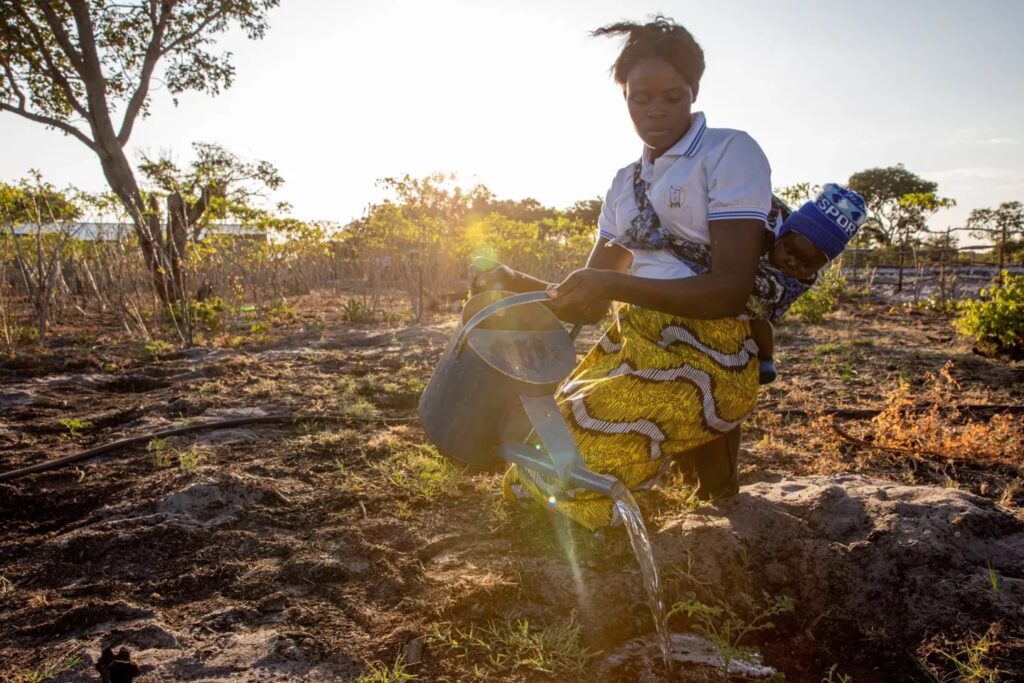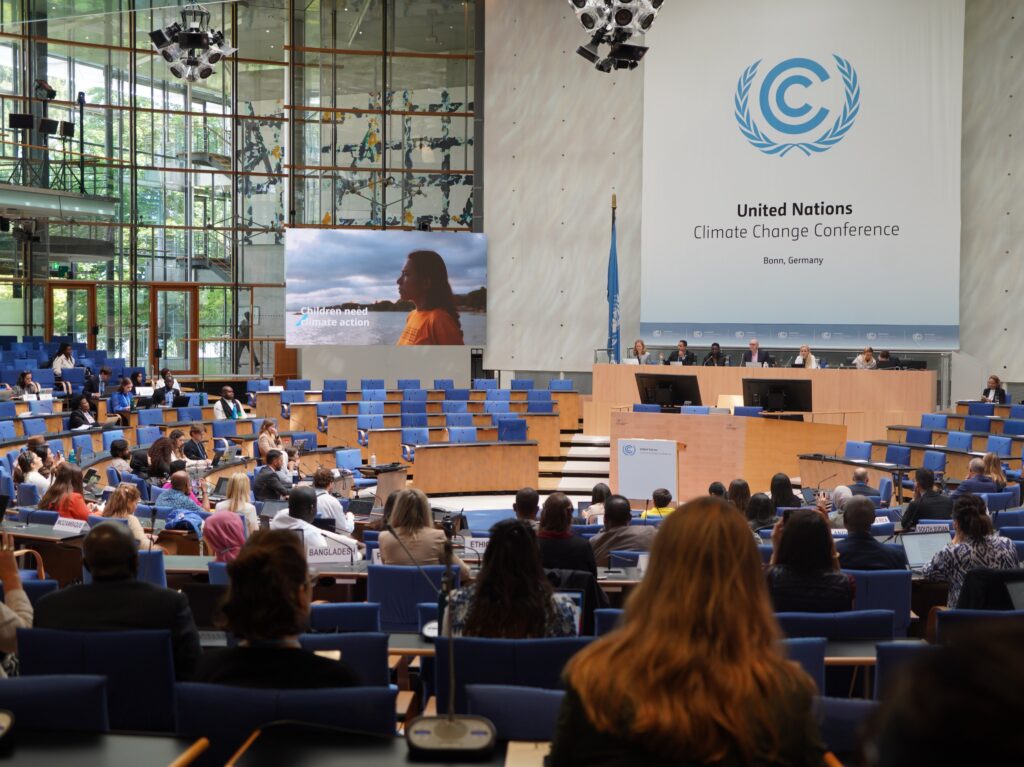‘Outrageous’: Debt Payments for Climate-Vulnerable Nations Reach 34-Year-High
4 Mins Read
The 50 countries most vulnerable to climate change are paying back 15.5% of their government revenues as debt to external creditors, the highest rate since 1990.
Debt payments by the 50 countries facing the worst impacts of the climate crisis have doubled since the Covid-19 pandemic, reaching their highest levels in 34 years, according to research by UK charity Debt Justice.
Using data from the World Bank and the International Monetary Fund, the report suggests that climate-vulnerable countries are now paying 15.5% of their revenue to external creditors, up from 7.7% pre-pandemic and 3.7% in 2010 (the lowest level in recent history).
“Record levels of debt are crushing the ability of the most vulnerable countries to tackle the climate emergency. We need a rapid and effective debt relief scheme to cancel debts down to a sustainable level,” said Heidi Chow, executive director of Debt Justice.
Zambia’s uneven debt restructuring deal

The charity found that Chad – the country most vulnerable to climate change – will pay 19.4% of its revenues to creditors this year. This is followed by four other African countries: Niger (10.4%), Guinea-Bissau (20.6%), Tonga (8.8%), and Sudan (16.6%).
But the climate-vulnerable nation that will see the highest share of its revenues end up as debt payments is Angola, which will give back a whopping 59.8% of its revenues to external creditors. But this isn’t a one-off, last year, this actually amounted to 60.2% of what the country made.
Sri Lanka and Zambia are joint second at 43.5%. The former actually had the highest percentage of debt payments last year (86.4%). Zambia, meanwhile, has declared a national emergency due to the ongoing drought, considered its worst in two decades. After three-and-a-half years of negotiations, its government has just sealed a debt restructuring deal with some (not all) of its private lenders.
This means that banks and asset managers will be repaid 13% more than governments, despite lending at higher interest rates. But while the deal allows for large increases in debt payments if the economy does better than expected, there’s no equivalent clause to decrease payments if a shock (like another drought) occurs.
Under the debt deal, Zambia will have to pay bondholders like BlackRock $450M this year. “It is outrageous that Zambia’s creditors have demanded a deal where they get huge increases in debt payments if things go well, but no losses if Zambia is hit by disasters such as droughts,” said Tim Jones, head of policy at Debt Justice. “The $450M going to bondholders this year is money which could have been used to respond to the national disaster.”
Rich countries must cancel debts to help climate-vulnerable nations

For 49 countries in the report, 38% of the external interest payments between 2023 and 2030 are earmarked for private lenders, totalling $50.9B. Debt Justice excluded India from this calculation because its large size skews the results, and its external debt payments are relatively low.
Of the remaining interest payments, 35% go to multilateral institutions, 14% goes to China, and 13% to other governments.
And, when you factor in principal payments – the amount originally borrowed – as well, multilaterals will receive 38% of the share ($208.8B), while private lenders will get 30% ($166.6M). This illustrates the high interest rates charged by the latter.
Debt Justice said its new report explains the urgent need for comprehensive debt relief, so low-income countries can invest in climate change adaptation measures. While two rounds of comprehensive debt relief in the late 90s and mid-00s led to a sharp decline in debt burdens, repayments rose in 2010 and have been soaring since 2020.
This is because the debt suspension scheme agreed by creditors at the start of Covid-19 has now ended, which means debts are now due to be repaid again. Countries borrowing the capital have also been hit by rising interest rates, compared to rock-bottom levels in the early 2010s. Plus, most debt payments are owed in US dollars, the value of which has increased the size of the debt.
World leaders are in the middle of a 10-day climate conference in Bonn, Switzerland, which focuses on countries’ ability to finance climate action. And, last month, an investigation by Reuters found that rich countries have been funnelling money back into their economies through climate finance programmes – primarily loans and grants with strings attached – putting the Global South in a “new wave of debt”.
With policymakers discussing climate finance and unsustainable debt levels in Bonn, Jones added: “As well as debt cancellation, rich countries urgently need to pay their climate debt by delivering grant-based, adequate climate finance.”



